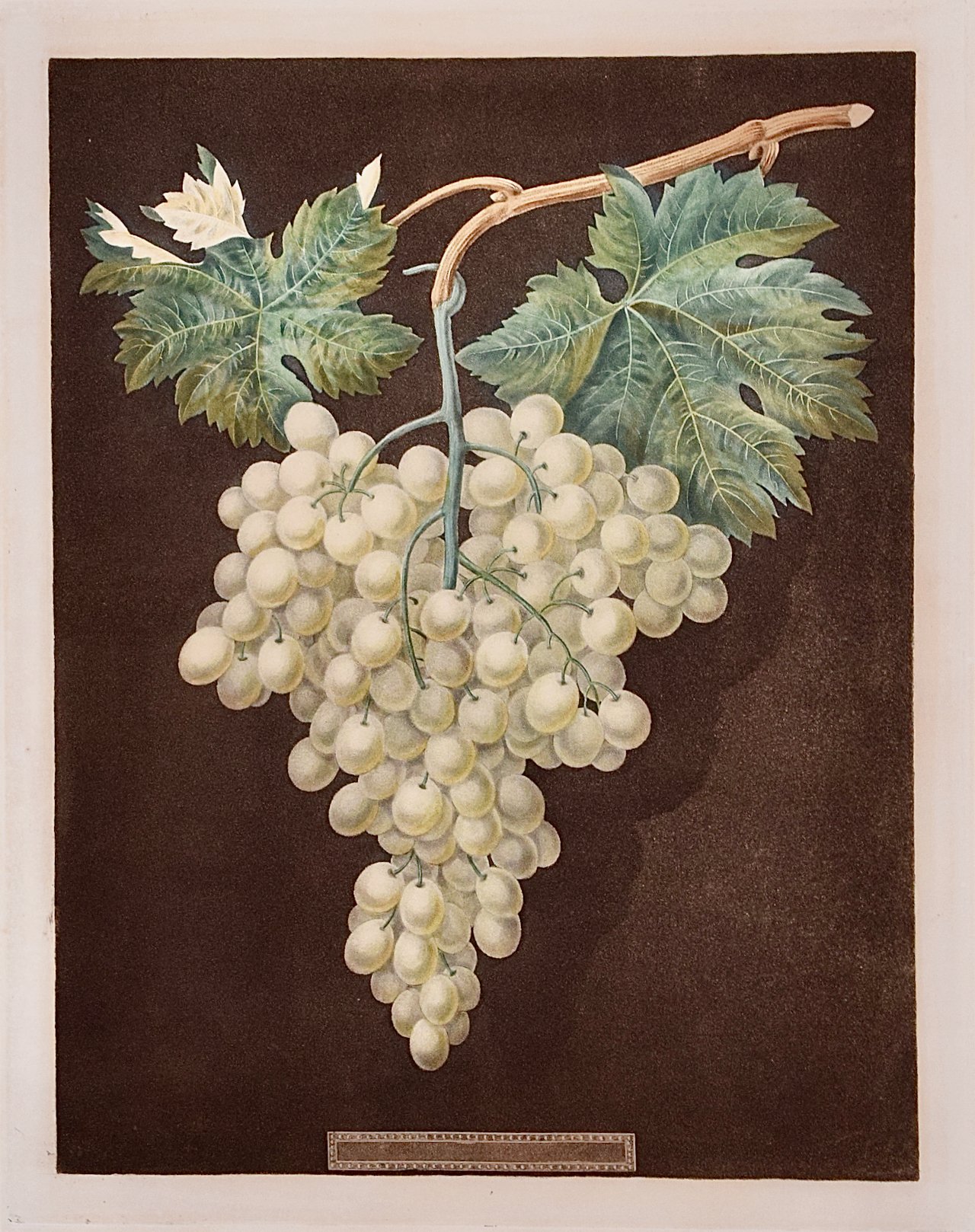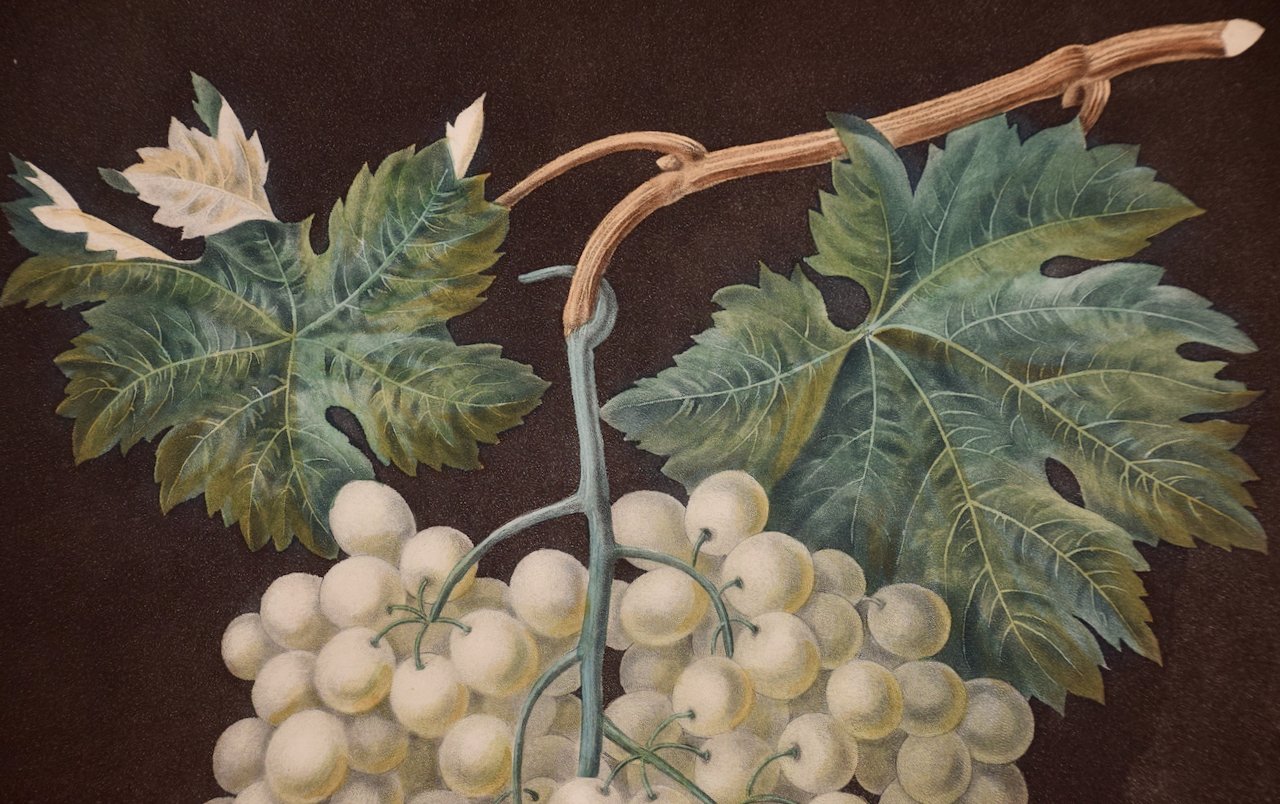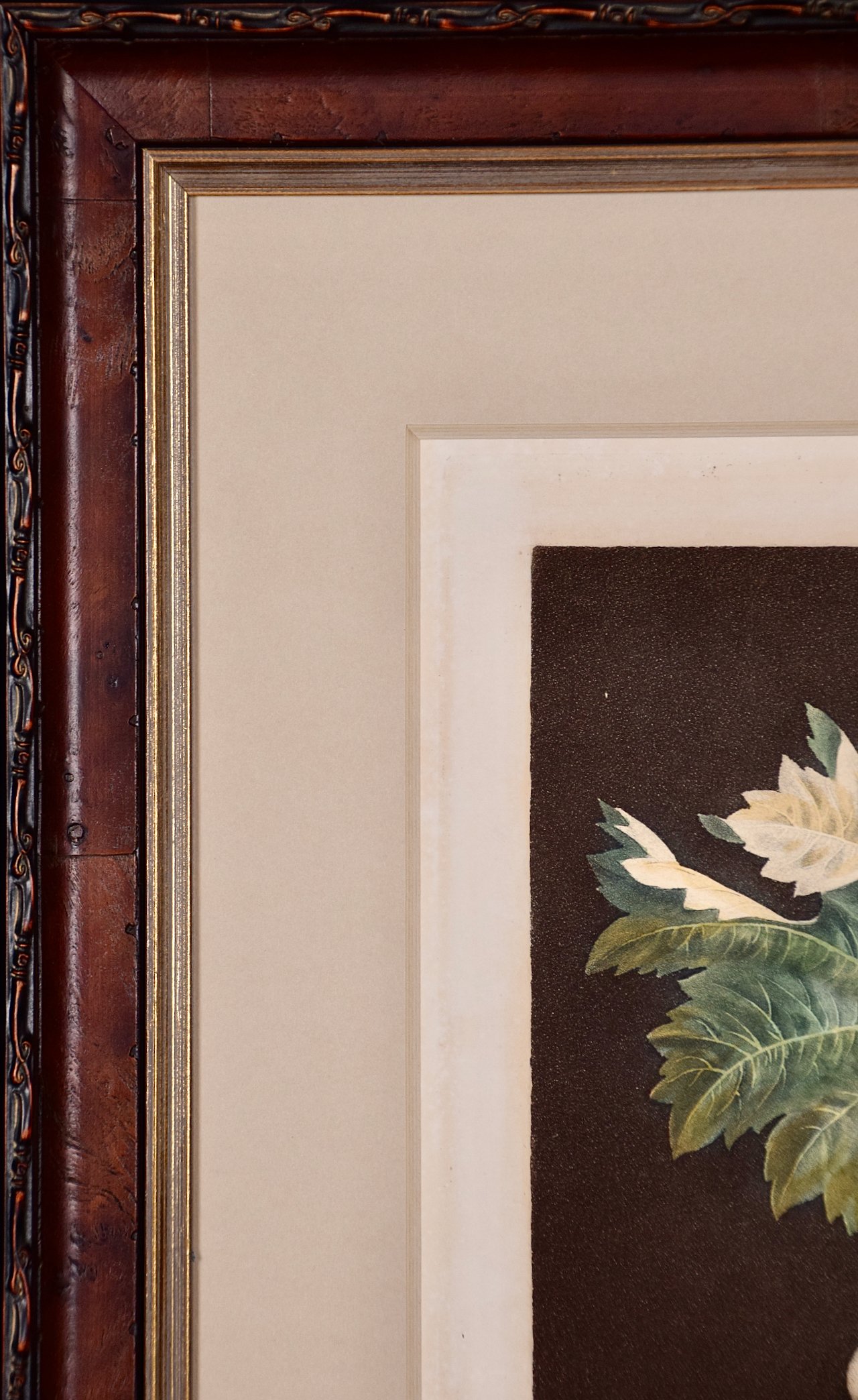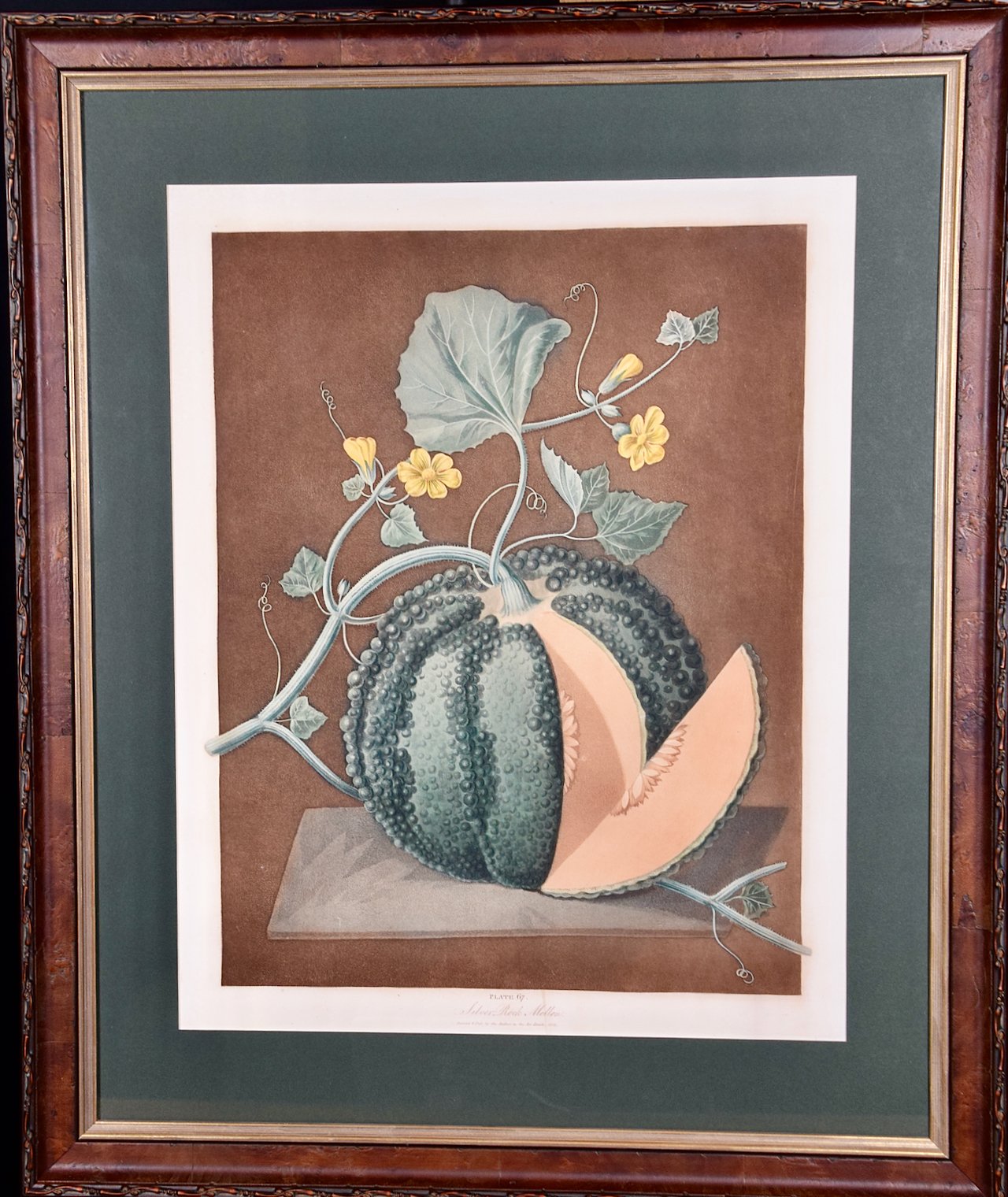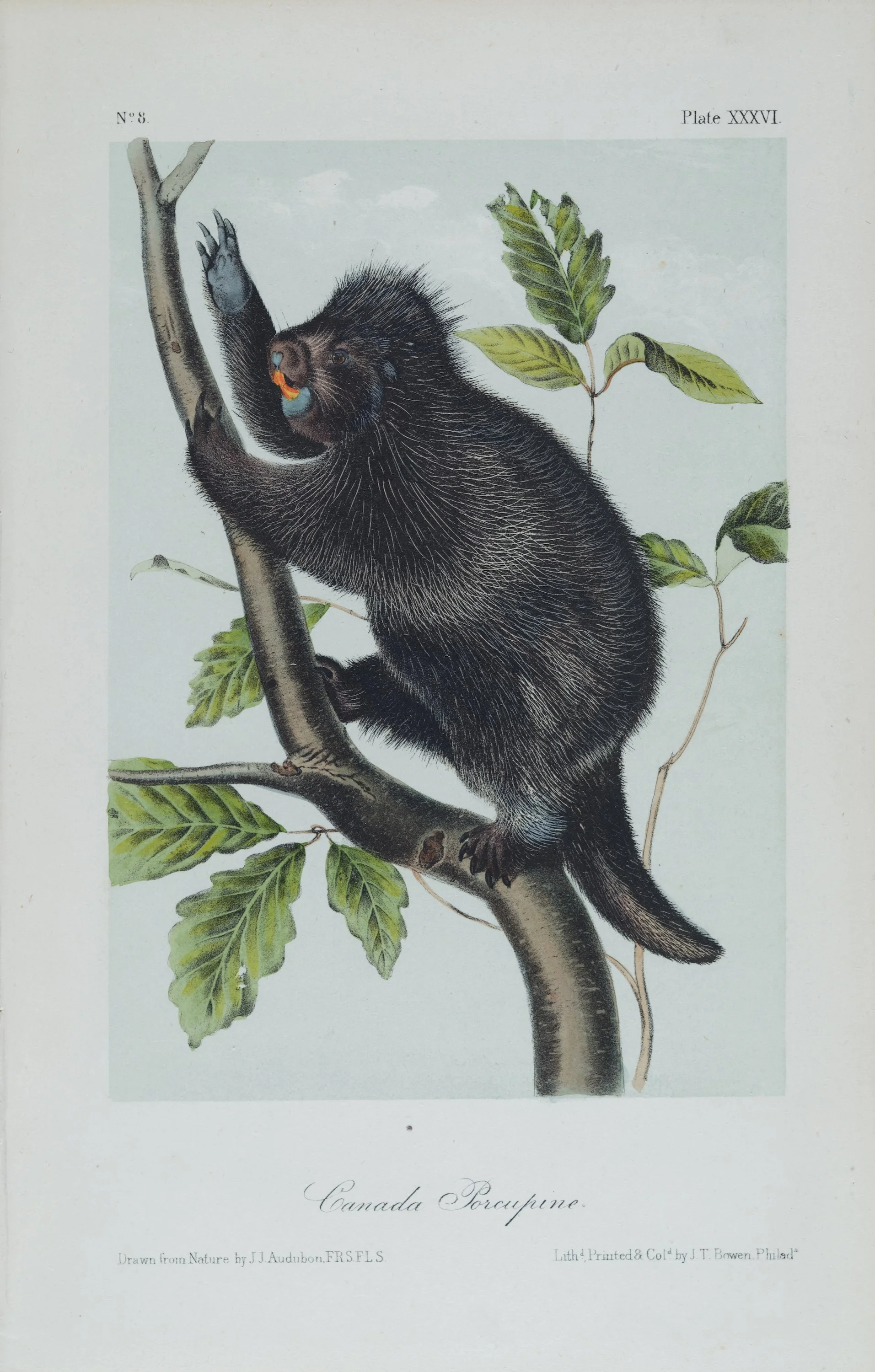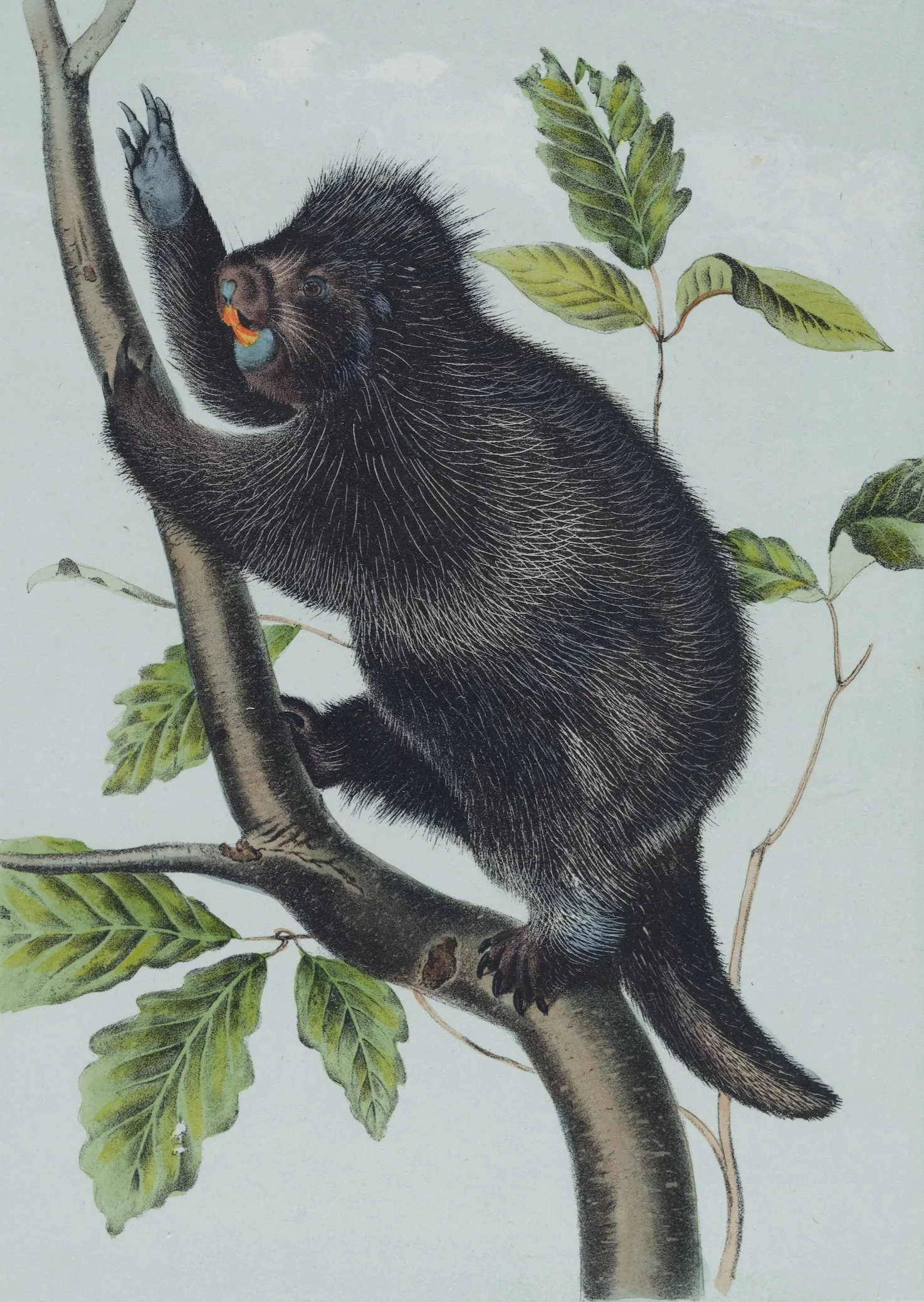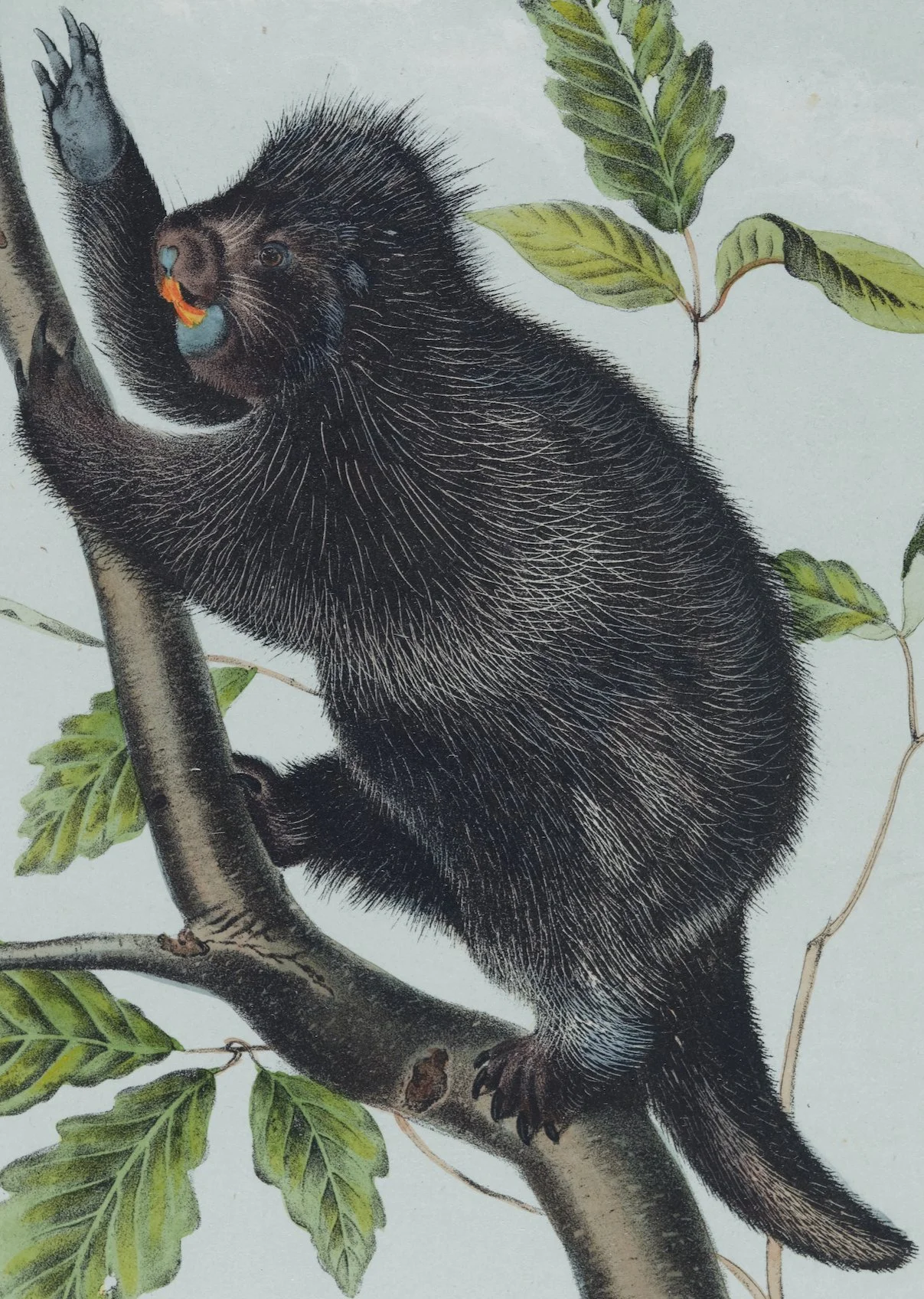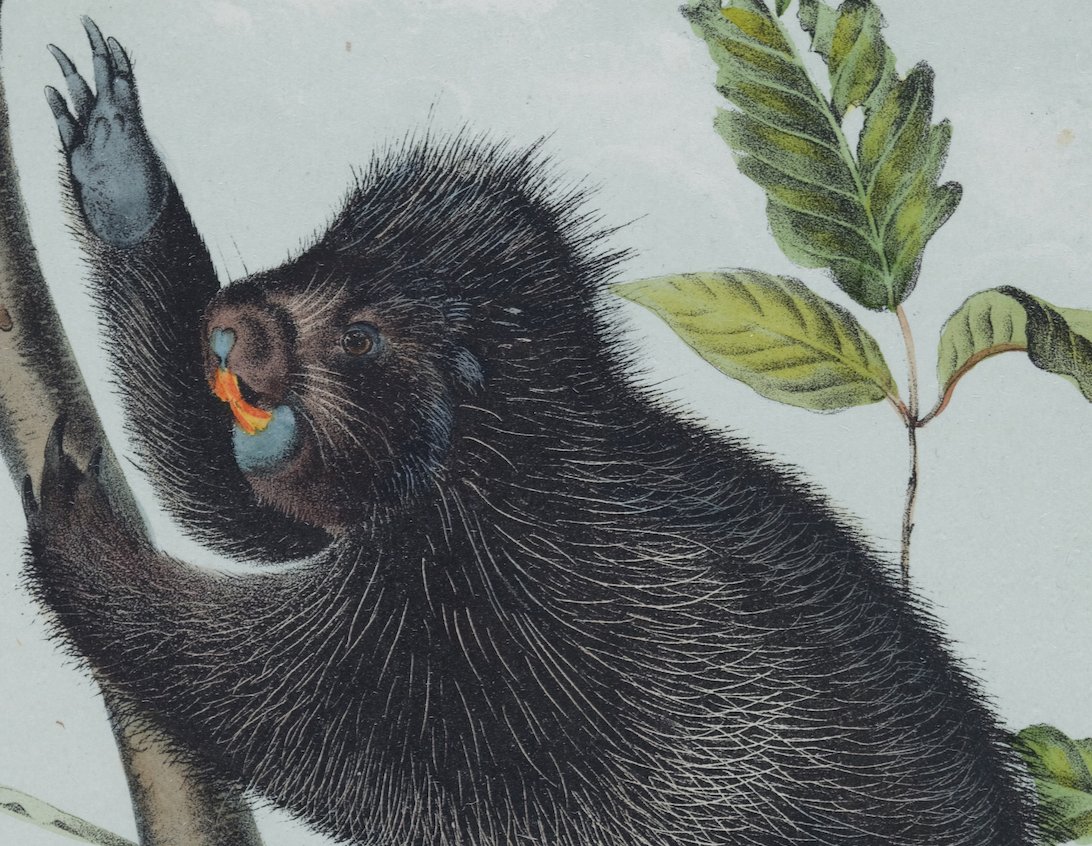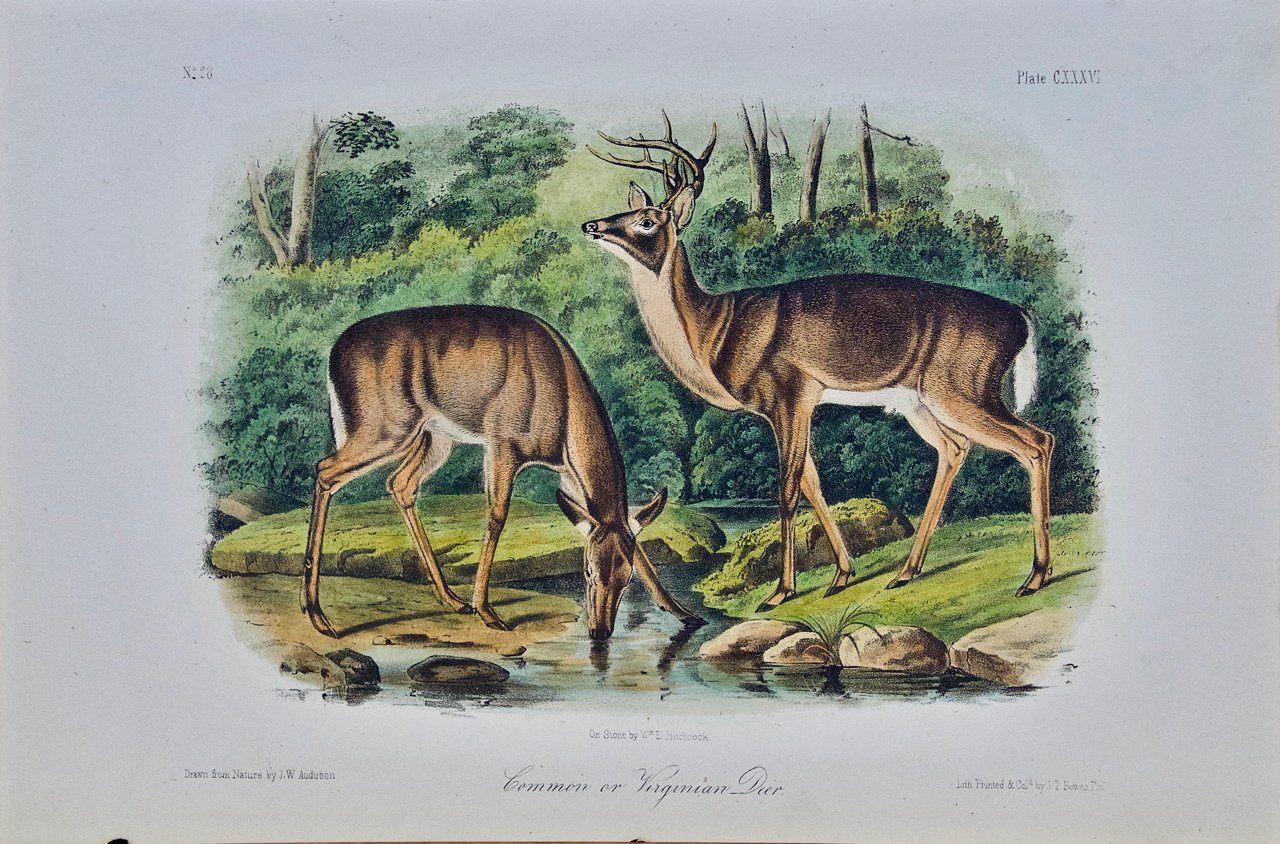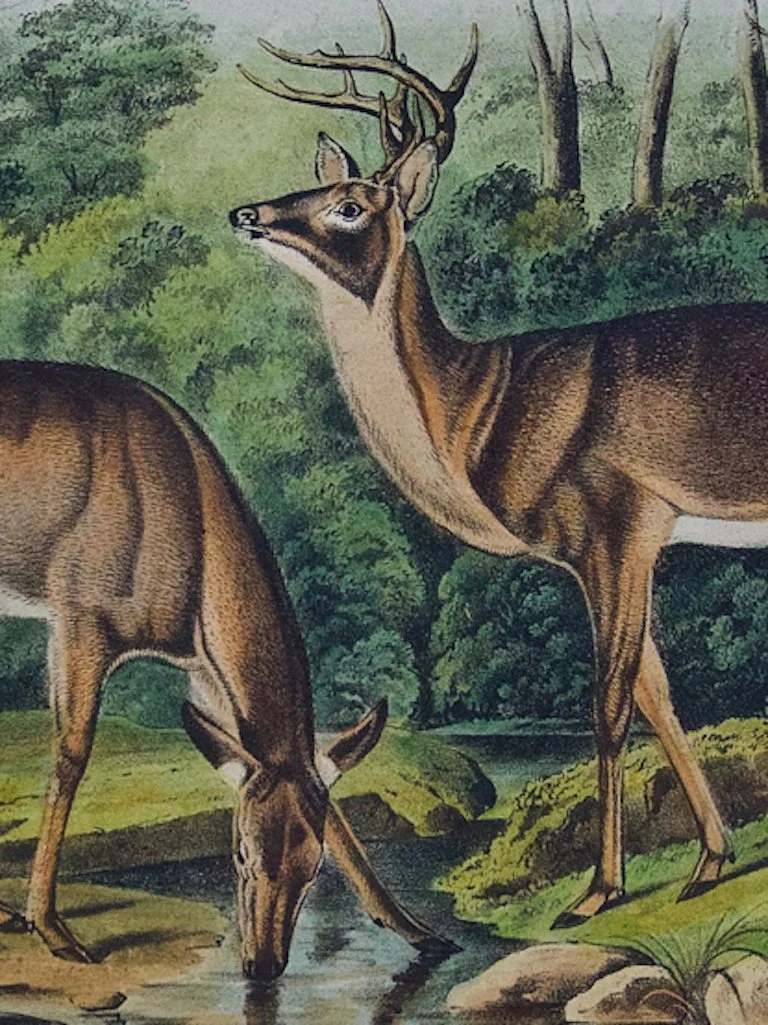This striking engraving is presented in a reddish brown decorative wood frame with a darker brown scroll-work outer trim and a gold-colored inner fillet and a thick light beige mat. The frame measures 26" high, 22" wide and 1.13" deep. It is glazed with UV conservation glass. There is a tiny spot in the lower margin on the left and another in the left margin. The print and frame are otherwise in excellent condition.
There is a second Brookshaw engraving that is framed in identical moulding, although a slightly different size and a different color mat. It depicts a Silver Rock Melon. The two prints would make a striking display pairing. It can be viewed by typing LU1173211327532 in the search field to be taken to the listing. A discount is available for purchase of the pair.
Brookshaw spent nearly ten years to create 'Pomona Brittanica'. It is considered a masterpiece among 19th-century British illustrated botanical books due to the illustrations that Brookshaw both drew and engraved for the book. He combined aquatint, stipple and line engraving techniques with unique elegant compositions of his subjects portrayed in rich pleasing colors contrasted by striking and dramatic deep chocolate brown backgrounds that make the fruit appear to float off of the paper. His compositions achieved a unique level of artistic style and beauty combined with academic and scientific content that was rare among the work of other artists of the time.
George Brookshaw (1751–1823) began his career as a cabinet-maker specializing in furniture decorated with borders of flowers. He became a professional art teacher and in 1797 he published an instructional guide entitled "A New Treatise on Flower Painting". He eventually became a professional artist and author, publishing 'Pomona Brittanica' in 1812, late in his career. His goal was to create a visual display of some of the best examples of fruit available in England at the time, which he hoped would encourage gardeners to experiment and to be creative in their gardens. 90 striking drawings and engravings of over 250 varieties of fruit are illustrated, including apples, peaches, melons, grapes and pears. Some of the subjects for his illustrations were found in the royal gardens at Hampton Court, Kensington Gardens and the Prince of Wales' estate in Blackheath.


